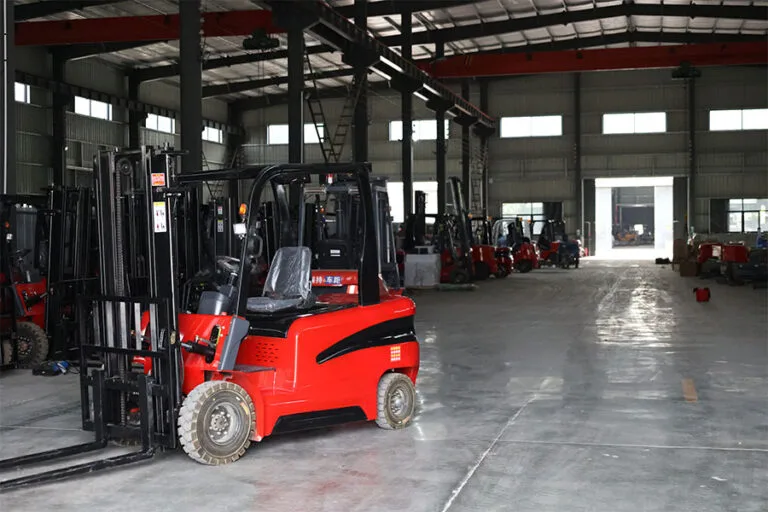Efficient Digging Starts with a Small Garden Excavator
I’m thrilled to have you here! Before we dive into the content, let’s stay connected. Join me on my social media platforms for more insights, community engagement, and regular updates. Here’s where you can find me:
📌 Facebook: Shandong Huaying International Trade Co., Ltd.
Now, let’s embark on this journey together. I hope you find the content here not only insightful and engaging but also valuable to your interests. Let’s learn, grow, and connect!
Table of Contents
Introduction
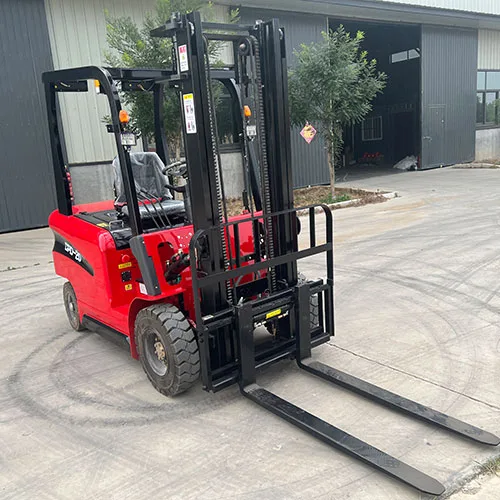
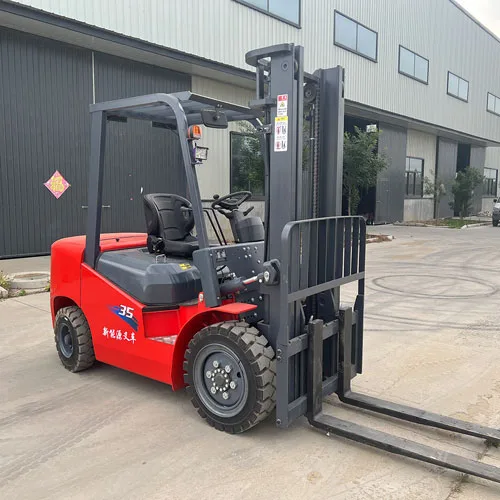
In the fast-paced world of logistics, warehousing, and manufacturing, electric forklifts play a crucial role in daily operations. To keep these vehicles running smoothly and cost-effectively, it’s essential to focus on one of the most critical components: the charger for electric forklift. This often-overlooked device directly influences battery performance, forklift longevity, and operational efficiency. Extending the life of your charger not only saves money but also minimizes downtime and improves safety.
This blog presents six expert tips to help you maintain, operate, and care for your charger for electric forklift. Implementing these strategies can result in longer equipment lifespan, reduced repair costs, and optimized energy usage. Whether you’re managing a single forklift or a fleet, these tips are designed to help you get the most out of your investment.
Tip 1: Perform Regular Maintenance on Your Charger for Electric Forklift
One of the easiest yet most overlooked ways to extend the life of your charger is through consistent maintenance. Over time, dirt, dust, and environmental conditions can impair performance. Just like any piece of industrial equipment, your charger needs periodic checks to ensure that it’s operating at peak efficiency.
Maintenance checklist includes:
- Cleaning dust and debris from vents and fan areas
- Inspecting cables and connectors for wear
- Checking for signs of overheating or corrosion
- Verifying software or firmware updates (for smart chargers)
A regular maintenance schedule ensures that small issues don’t become big problems and reduces the risk of charging interruptions. It also ensures that your charger is always functioning within optimal parameters, supporting battery health and consistent forklift uptime.
Proper documentation of maintenance activities helps track the condition of each charger over time. Creating logs for inspection results and repairs can help identify trends, such as a recurring overheating issue or cable fraying in specific areas. Addressing these trends early helps you reduce long-term wear and tear, minimizing operational costs.
Tip 2: Avoid Overcharging the Electric Forklift Battery
Overcharging is one of the quickest ways to degrade both the battery and the charger for electric forklift. Although modern smart chargers often have built-in sensors to prevent this, operators must still monitor and manage the process.
Make sure to:
- Disconnect the charger promptly after a full charge cycle
- Use chargers with automatic shut-off features
- Educate operators on proper charging protocols
Battery manufacturers typically recommend an 8-hour charge cycle. Going beyond that can create excessive heat, reduce efficiency, and wear out internal components of the charger. Excessive charging times stress the electrical system, resulting in decreased operational efficiency over time.
Charging outside of working hours, such as overnight, may be convenient, but it’s critical to ensure that the charge doesn’t extend beyond the recommended cycle. Using timers or charger management software can help you set limits and automate the disconnect process, reducing human error and avoiding unnecessary damage.
Tip 3: Optimize Charging Environment
Where you place your charger for electric forklift matters more than most people think. Environmental Where you place your charger for electric forklift matters more than most people think. Environmental conditions such as humidity, temperature, and airflow significantly impact charger performance and lifespan.
Here are some best practices:
- Install chargers in a cool, dry, and ventilated space
- Keep the charger off the ground to avoid moisture contact
- Ensure cables are neatly organized to prevent trip hazards
An optimized environment minimizes the risk of short circuits, corrosion, and electrical damage. It also ensures consistent airflow to prevent overheating.
Air quality is another environmental factor to consider. Dust, chemical vapors, and corrosive agents in the air can damage circuit boards and connectors. If your facility handles substances that produce airborne contaminants, consider enclosing the charger in a ventilated, filtered cabinet.
Additionally, the layout of your charging station should allow for easy access and regular inspections. Poor placement often leads to negligence in maintenance and makes it difficult to identify early signs of failure.
Tip 4: Use Compatible and High-Quality Components
Using parts and accessories not designed for your charger for electric forklift can lead to severe performance issues and void warranties. Always ensure that cables, connectors, and battery types match the charger’s specifications.
Table: Common Compatibility Issues and Their Impact
| Component Type | Compatibility Issue | Potential Impact |
|---|---|---|
| Charging Cables | Incorrect gauge or connector type | Poor connection, overheating |
| Battery Types | Incompatible voltage or chemistry | Reduced charging efficiency, damage |
| Software Settings | Improper configuration for battery size | Overcharging or undercharging |
| Connectors & Adapters | Third-party or low-quality materials | Increased resistance, fire risk |
Avoiding these issues is crucial for long-term performance and safety. Always purchase certified components from trusted suppliers.
Tip 5: Monitor Charger Usage and Charging Cycles
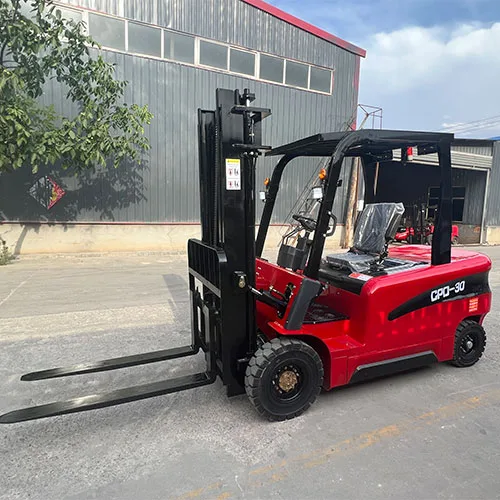
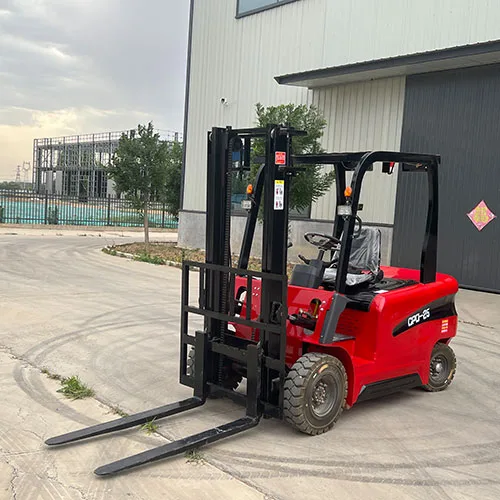
Data is one of the most powerful tools for preventive maintenance. Many modern chargers for electric forklifts come with smart features that record charge cycles, voltage levels, and run-time metrics. By closely monitoring these statistics, operators can detect performance anomalies and take corrective action before they escalate.
To get the most from monitoring systems:
- Log each charging session to build a historical profile
- Set benchmarks for optimal performance and detect deviations
- Schedule inspections and servicing based on real-world usage patterns
Predictive maintenance through data tracking allows you to intervene before a minor issue becomes a major breakdown. It also enhances your ability to forecast future maintenance needs, budget accurately for replacements, and improve overall fleet reliability.
Advanced monitoring systems often include alert features, enabling real-time notifications for irregular behavior such as incomplete charging, overheating, or system faults. These alerts can reduce response time and improve decision-making.
Additionally, centralized data analytics from multiple charging units can help identify broader operational inefficiencies. For example, identifying peak load times and redistributing charging schedules can prevent overburdening electrical circuits and extend charger life.
Tip 6: Train Staff on Proper Charging Practices
Even the most advanced charger for electric forklift can suffer premature failure if not used correctly. One Even the most advanced charger for electric forklift can suffer premature failure if not used correctly. One of the simplest yet most impactful ways to extend the life of your charger is by training your staff to follow correct charging procedures.
Key points to include in training programs:
- Importance of timely disconnection once charging completes
- Safe handling of cables, plugs, and battery connectors
- Recognizing early warning signs such as sparks, buzzing sounds, or unusual heat generation
Consistent and thorough training reduces the risk of human error and promotes a culture of safety and efficiency. Incorporating training into onboarding and conducting regular refresher sessions will keep best practices top of mind.
Supplement training with visual aids like posters at charging stations and digital resources such as instructional videos. Encourage staff to report irregularities immediately to supervisors to prevent small issues from escalating.
Also consider implementing a certification system or reward program to incentivize adherence to best practices. This helps establish accountability and fosters proactive behavior, ultimately leading to a longer-lasting, better-performing charging infrastructure.
Conclusion
A charger for electric forklift is more than just a plug-and-play accessory. It is a critical part of your material handling system that demands attention and care. By applying these six expert tips, you can maximize the lifespan of your charger for electric forklift, improve energy efficiency, and ensure the consistent performance of your electric forklift fleet.
Simple measures like routine maintenance of the charger for electric forklift, environmental control around the charger for electric forklift, proper training on the use of the charger for electric forklift, and compatibility checks of the charger for electric forklift components go a long way. Investing time and effort into these practices related to your charger for electric forklift can yield significant returns in operational uptime and cost savings.
FAQ
How often should I maintain my charger for electric forklift?
Regular maintenance should be performed every 1 to 3 months depending on usage. High-traffic environments may require more frequent checks.
What are the signs of a failing charger for electric forklift?
Common signs include overheating, slow charging, noisy operation, and error messages on smart displays.
Can I use any battery with my charger?
No, using an incompatible battery can damage both the battery and the charger. Always follow manufacturer guidelines.
Does weather affect charger performance?
Yes, extreme heat, humidity, and poor ventilation can significantly reduce charger efficiency and lifespan.
Is staff training really necessary?
Absolutely. Human error is a leading cause of charger failure. Proper training ensures safe and effective use of equipment.


